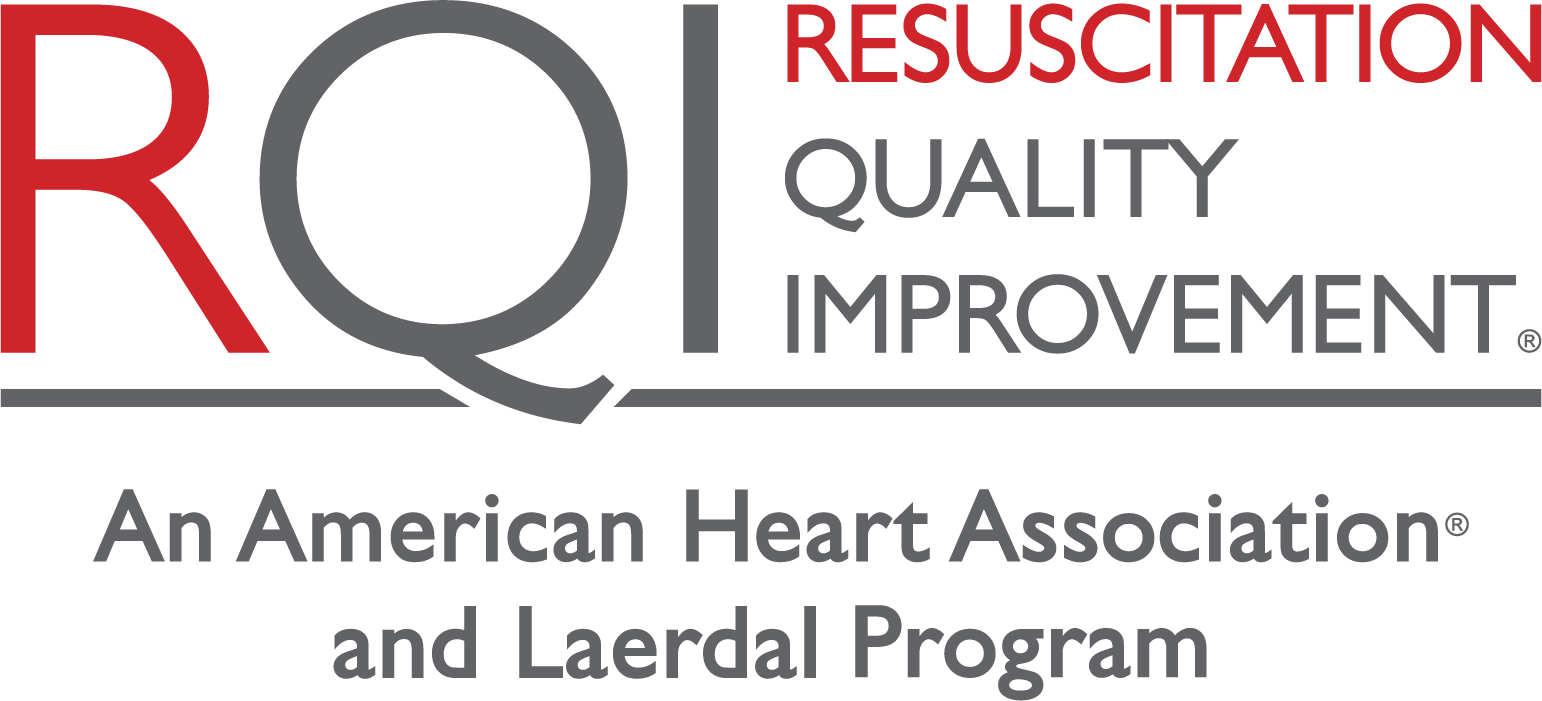The resuscitation quality improvement model is built upon a longitudinal design of high-stakes assessments to validate a learner’s ability to demonstrate both knowledge and skill.
Meaning, learners are continually assessed via cognitive and skills activities that require a passing standard. This formative testing strategy built on adult learning principles and objective feedback is tailored for individual performance, increasing learner motivation to achieve proficiency.1
While many are familiar with the skills assessment of the quality improvement experience, let’s delve into the cognitive assessment activity (CAA) that made its debut in 2020, as part of the digital resuscitation portfolio.
The CAAs are an assessment for learners to validate their clinical knowledge. They are designed and integrated with instructional design elements that have been linked to survival outcomes and are built to have a seamless user experience.2
The attributes of a CAA include:
- Provider-specific contextualization
- Inclusive design, WCAG 2.1 AA compliant
- Clear alignment with learning objectives
- Scenario and algorithm-based
- Targeted feedback and remediation
- Mobile responsive design
- Real-time data on learner performance
We also know that assessment can no longer be thought of as an add-on at the end of a course; rather, the assessment strategy forms a key component of the instructional design and should be placed in the learning process.2 This is why the cognitive assessment activities are strategically placed throughout the adaptive learning experience found in Heartcode, RQI Entry and Prep assignments, and serving as the method of cognitive recall every quarter in RQI perpetual curricula.
In the CAA experience, learners are given a scenario in the context of their job setting that will require the assessment and treatment of a patient. Each step of a learner’s progression through the scenario is aligned to a particular metric learning objective of a treatment sequence. For example, this can include individual blocks of an algorithm such as tachycardia in ACLS or specific steps that relate to a higher-level concept such as upper airway obstruction in PALS.
The first attempt of any CAA will allow the learner to complete the treatment sequence without feedback, with a 100% passing required. The second, and final attempt, of a CAA is designed for learners that missed a step in treating the patient. In the second attempt, learners will receive targeted remediation, based on their initial performance, to progress them to 100%. In alignment of meeting good assessment criteria within the CAAs, this catalytic effect of feedback for improvement drives future learning forward.3
The cognitive assessment activities are a compliment to the entire digital resuscitation portfolio, providing educational value that is rooted in efficiency. Learners are consistently assessed and remediated based on their ability to demonstrate knowledge. This, coupled with real-time data of learner performance, will allow us to continue to iterate upon the CAA experience and eLearning content with knowledge of exactly what learners are struggling with in the cognitive domain.
References
- Mpotos M, et al. Automated Testing Combined with Automated Retraining to Improve CPR Skill Level in Emergency Nurses. Nurse Education in Practice. 2014; 15(3): 212-217
- Cheng A, Nadkarni VM, Mancini MB, et al. Resuscitation education science: educational strategies to improve outcomes from cardiac arrest. Circulation. 2018; 138:00-00. Doi: 10.1161/CIR.0000000000000583
- Norcini J, et al. Criteria for Good Assessment: Consensus Statement and Recommendations from the Ottawa 2010 Conference. Medical Teacher. 2011; 33:3, 206-214
